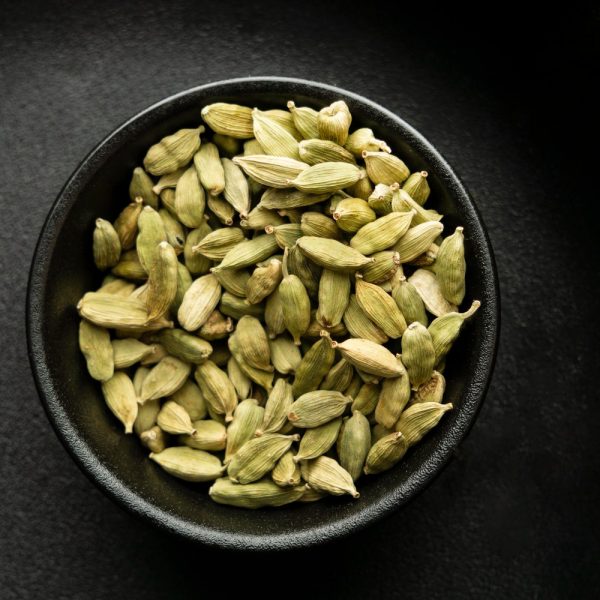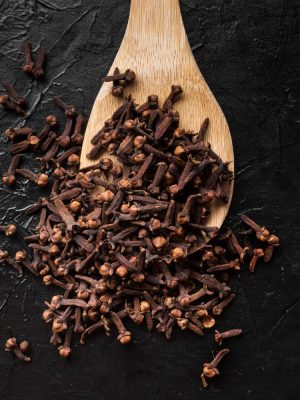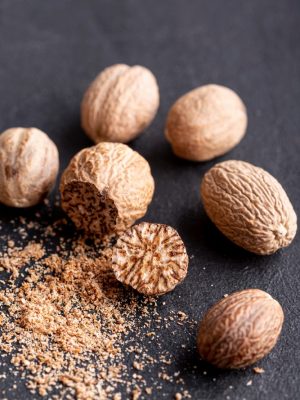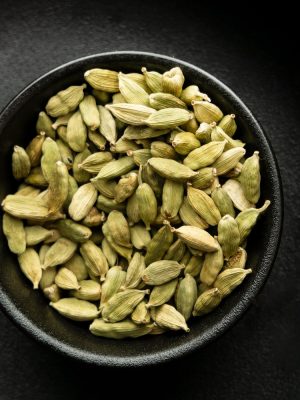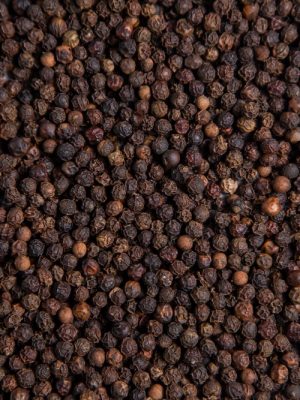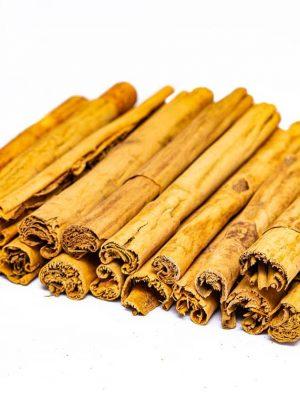Cardmon
Ceylon cardamom, also known as “true cardamom” or “Elettaria cardamomum,” is a type of cardamom that originates from Sri Lanka (formerly known as Ceylon). Cardamom is a highly aromatic spice that comes from the seeds of various plants in the genera Elettaria and Amomum. A captivating treasure awaits discovery—cardamom. This exquisite spice has charmed palates around the world with its unique flavor, rich history, and potential health benefits. In this article, we delve into the enchanting world of cardamom, exploring its origins, culinary applications, and the cultural significance it holds on the island.
Origins and Cultural Heritage
Cardamom, scientifically known as Elettaria cardamomum, has been cultivated in Sri Lanka for centuries, dating back to ancient times. Revered for its aromatic allure and versatility, cardamom found its way into the kitchens of various cultures, earning a place in both traditional and contemporary culinary practices. Sri Lanka’s lush, tropical climate and fertile soil provide an ideal environment for cultivating high-quality cardamom pods.
A Symphony of Flavors
The alluring fragrance of cardamom is one of its most distinctive traits. The spice presents a complex flavor profile that marries hints of citrus, herbal notes, and a touch of sweetness, all encapsulated within its small, elegant pods. Both the green and black varieties of cardamom are used in cooking, with green cardamom offering a delicate and slightly floral taste, while the black variant brings a smokier and earthier undertone to dishes.
Culinary Delights
Cardamom’s versatility in the kitchen is truly remarkable. This spice can effortlessly transform both savory and sweet dishes into culinary masterpieces. In traditional Sri Lankan cuisine, cardamom adds depth to curries, rice dishes, and chutneys, while also lending its aromatic charm to beverages like spiced teas and coffees. Beyond the island’s borders, cardamom is cherished worldwide, gracing desserts, pastries, and even cocktails with its exquisite essence.
Health and Wellness
Cardamom’s appeal extends beyond its flavor; it is believed to possess several potential health benefits. The spice is a rich source of antioxidants and contains compounds that may aid digestion and alleviate gastrointestinal discomfort. Its traditional use in Ayurveda and other holistic health practices highlights its potential role in promoting overall well-being.
Sustainable Cultivation
Sri Lanka’s commitment to sustainable farming practices is evident in its cardamom cultivation. Local farmers employ traditional methods that respect the land and its ecosystems. These practices ensure the production of premium-quality cardamom while safeguarding the environment for future generations.
Cultural Traditions and Celebrations
Cardamom’s significance extends beyond the realm of gastronomy. It holds a special place in Sri Lankan culture and is often used in religious rituals and festive celebrations. Its inclusion in traditional dishes during holidays and gatherings adds a touch of reverence and nostalgia, connecting present generations with the island’s rich cultural heritage.
Preserving the Legacy
As demand for cardamom continues to grow globally, it is imperative to protect the integrity of its cultivation and trade. Sri Lanka’s commitment to ethical farming practices and fair trade ensures that this precious spice maintains its exceptional quality and cultural significance.
Cardamom, with its captivating aroma, enchanting flavor, and deep-rooted cultural connections, stands as a jewel in Sri Lanka’s spice crown. Its journey from ancient trade routes to modern kitchens has been marked by a legacy of excellence and authenticity. As we savor the delicate symphony of cardamom’s taste, let us also appreciate the profound role it plays in Sri Lanka’s history, culture, and sustainable future—a reminder that the simplest spices can leave the most enduring impact on our senses and our world.

